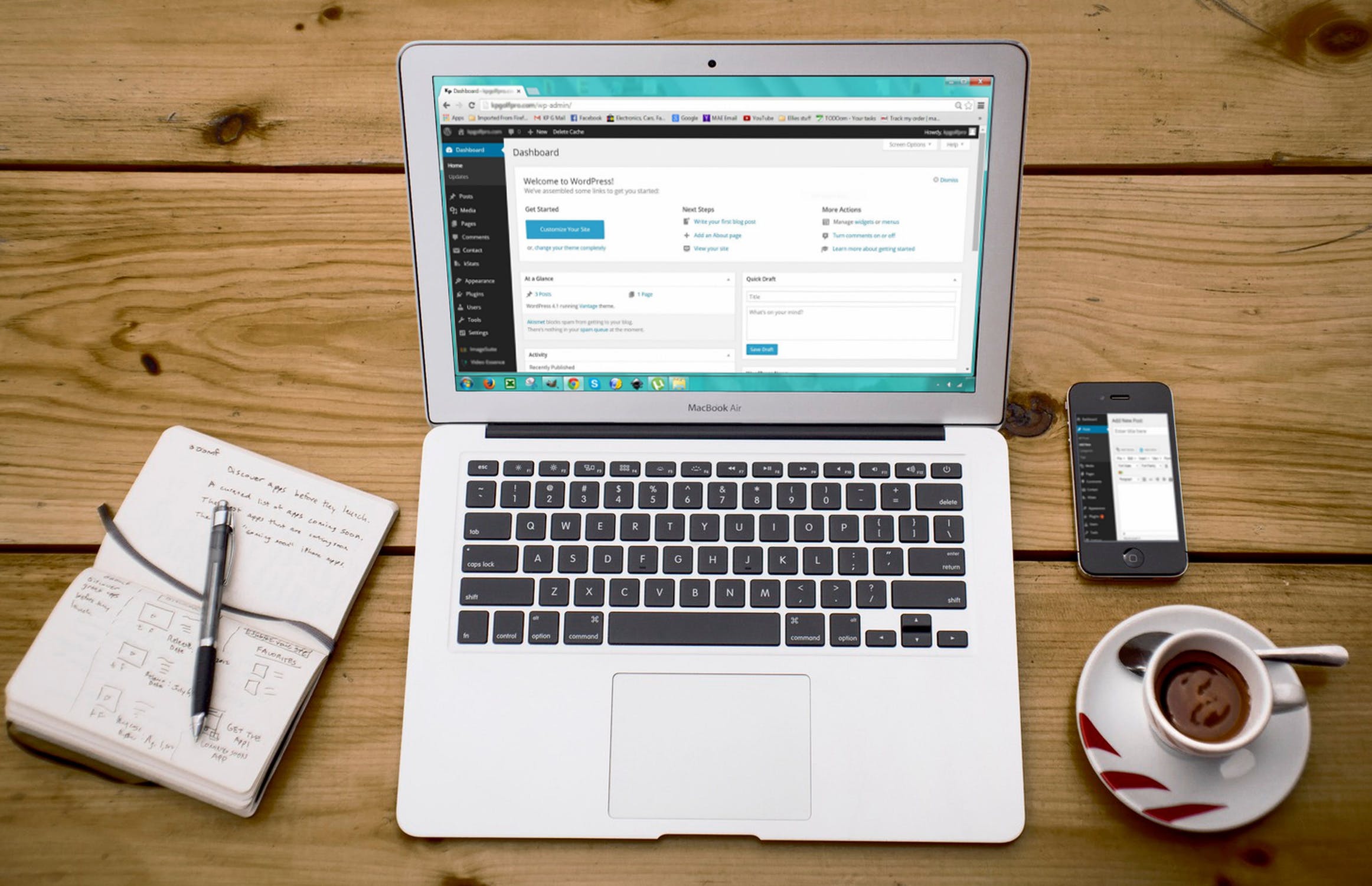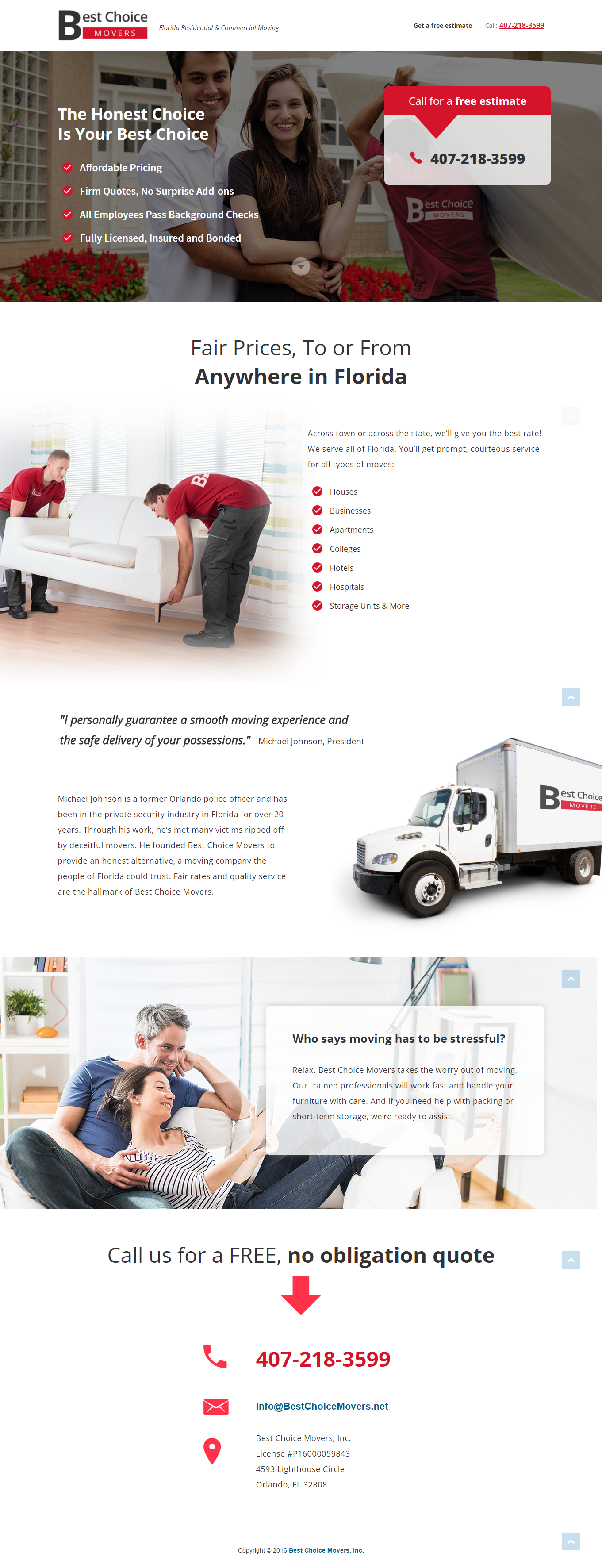Industry
Copywriter for Startups
Grow your new business with an awesome website
So you’re finally going to take a shot at turning your dream into reality and start your new business. Good for you. As a startup, one of the first projects you’ll need to tackle is designing and writing your business website.

Startup businesses should immediately publish a website. Even if they’re not an e-commerce company, a website is crucial to getting established and gaining visibility.
Launching your website is today’s version of hanging out your shingle, your sign. Without one, your startup will lack visibility and credibility.
The good news is your website doesn’t have to be a monumental endeavor that takes months to create and even longer to perfect. Whether you decide to write the copy yourself or choose to hire a professional copywriter, keep the following tips in mind as you embark on this important step in your new business’s future success.
Be Unique
While you might be tempted to create a website that looks and sounds exactly like your competitors’ sites, that’s never a good strategy. While those presentations might be working for them, you’re missing out on an opportunity to be original.

Your website copy and design are an opportunity to stand out from your crowd of competitors. Be different. Be remarkable!
As a startup business, you want to stand out. You have to be different to get noticed. Determine your unique selling proposition, the one thing you make or do that separates you from your competition, and then find a way to play up that difference in your website copy and design.
Joel G. is a realtor in Miami, Florida. When he started his business, he knew he’d be one of hundreds of realtors in the area. So he found a new niche that didn’t seem crowded: condo hotels.
He then built a website that promoted him as Florida’s condo hotel expert. Not only did this niche differentiate him from all his Miami realtor competitors, it also enabled him to have a website that didn’t look and sound like other realtors’.
Simple Is Good
Because your business is a startup, you may not have a lot to say on your website at first. You can launch your online presence with a small website, just a few pages of content such as: Home, About Us, Products or Services, Frequently Asked Questions and Contact Us.

An “About Us” page is important for letting visitors know who you are and what you do.
Since the About Us is the page most commonly visited after the Home page, make sure yours contains good, straightforward, factual information. It’s an opportunity for you to connect with your prospects and let them know why they’d be smart to do business with you.
Karen S. owns a Mexican restaurant in Orlando, Florida. When she launched her website, she made sure to explain on the About Us page what made her restaurant unique; nearly all her recipes included at least a hint of tequila. By describing her “secret sauce,” Karen was able to differentiate her startup Mexican restaurant and also generate enough intrigue to attract new patrons.
Eventually, as your startup business gets established, you may want to add more product or services pages, write some articles, post work samples, include testimonials, offer case studies and more. But for now, something is better than nothing and sooner is better than later, so start simple.
Need help writing your About Us page? Get a quote here.
Prioritize Information
Web visitors spend 80% of their total time looking at information about the page fold (before they have to start scrolling). Also, nearly 70% of visitors spend more time on the left side of the web page than the right. Finally, most users scan web pages in the pattern of the letter “F.”
With that knowledge of visual tendencies in hand, be sure to put the most important information about your startup business in priority positions.
Go Easy on the Frills
Don’t get hung up on adding all sorts of bells and whistles. You’re a startup. It’s okay to keep it simple.

Start with a simple website, but set it up for expansions so it can grow along with your business.
Video, complicated graphics, original photography, and other costly frills can set you back thousands of dollars and don’t necessarily translate into more sales. So stick to the basics on your startup website, at least for now.
Polished and Professional
While your website doesn’t need to be fancy, it should look professional. Even though you’re a startup, you want to look established and trustworthy.
Your website is often the first introduction a prospective customer gets to your company, and it’s important to make a good impression. If possible, find room in your startup budget to work with a professional web designer.
John B. is an insurance agent in Jacksonville, Florida. When he started his agency, he put the bulk of his marketing dollars into creating a professional website.
“I knew that prospective clients would check out my website before agreeing to meet with me to discuss their insurance needs,” John explains. “If my website looked amateurish or cheap, I’d never be able to gain their trust. Investing in quality web design and hiring a professional copywriter, was the smartest move I made for my startup.”
Need help writing your website? Get a quote here.
Consider Using WordPress
WordPress is often referred to as “the world’s best online publishing platform.” While it was originally developed as a blogging tool, it has evolved into a powerful content management system.

A WordPress website is easy to operate on your own. Once it’s set up, you can add to it yourself without the help of a web developer.
The beauty of a WordPress website is that it can be customized to fit your needs and your budget. Depending on your level of tech savvy, you can design the website yourself. Or, if you’d like professional help, you’ll have no problem finding a WordPress designer/developer who can create the website you envision.
As a startup business, a WordPress design makes even more sense. Presumably, your business will soon be growing and possibly changing as you see what’s working and what’s not.
With a WordPress website you can easily make adjustments to the copy and design. You’ll be able to add to your site yourself; no programming experience needed. (Take it from me. I have next to zero technical abilities, and even I can handle adding content on my WordPress website.)
Plus, one of the best benefits of using WordPress is your site will look great and function well on any browser, Smartphone or tablet.
Clear Navigation
Don’t get fancy when you determine your website’s navigation. That’s not the place to flex your creative copywriting muscles.
Put menu buttons where the visitor is likely to see them. And name those buttons with common words, so visitors can easily find the information they seek. Unclear navigation causes frustration, especially for startups trying to build their brand, and that’s not how you win over a prospect.
No Navigation
A new trend among startup businesses is to create a one-page, landing page website in which no navigation is required. No menu choices are needed because all information appears in a single, lengthy, scroll-able web page.
Consider the landing page below for a startup moving company based in Orlando, Florida. It has a simple message: it’s an honest mover. With that thought stated clearly, every element on the page is then designed to get visitors to call for an estimate, generating leads for the new business.

A one-page, landing page website can be an affordable and effective option for startups.
The one-page, landing page website is a cost-effective alternative to a traditional website with the usual Home, About, FAQ, Contact pages, making it a viable option for startups.
Swift Load Time
Whether you go with a traditional website or a one-page, landing page website, you need to be aware of load time. Website visitors tend to be an impatient bunch. They prefer websites that load fully in the first 10 seconds. Any longer than that and you risk losing them.
Keep that thought in mind when adding bells and whistles to your website, especially if you decide to use video. On the one hand, as a startup, a video that introduces you to your visitors is a nice touch. But keep it short and simple. Studies show that four out of five visitors click away if a video on your page stalls while loading.
Responsive Web Design
Because so many people use their SmartPhone or tablet when surfing the web, your website must be mobile friendly. Responsive web design means that the page uses the same URL and the same code whether the user is on a desktop computer, tablet, or mobile phone. The display adjusts or “responds” according to the screen size.
With a responsive web design (RWD), you only need to maintain one version of your site instead of two (i.e., desktop and mobile versions). These days, RWD is a necessity, not just for users but also for search engines.
If your design is not responsive, Google won’t rank it high in its organic (natural, not paid) search results. As a startup, you want Google to be your friend. It’s the best free advertising you can possibly get!
Typography
Use the same font family throughout the copy on your startup website. Use up to four different colors in the text, such as different colors for headlines and subheads, but no more. You want to achieve a look of consistency.
Choose a font and a size that’s easy to read. That’s especially true if you’re hoping to attract visitors who are 40+, who often struggle with small type. Use something with contrast, black or dark gray on white, as opposed to light gray or blue.
Choosing the right font is also important if you expect to have a lot of copy. Small text will be off-putting to visitors. They need to be able to read the copy easily, even if it involves scrolling.
Keep in mind the optimal length for lines of texts is 45-75 characters. Too long makes the reader lose his place.
Links
When you incorporate a link into your text, make it blue, which most people will then recognize as a link. If possible, make it change color when clicked. Also use different colors for clicked vs. unclicked links.
It’s okay to link to other pages within your own website as well as other external resources. But think carefully about whether those external links are truly useful to visitors. You don’t want to drive traffic away from your startup’s website without good reason.
Call to Action
Every page of your website should include a call to action. That’s essentially where you ask for the sale, and it’s critical for all businesses, not just startups.
Tell the visitor exactly where you want him to do next – call, subscribe, buy, sign-up, request information, schedule a meeting, etc.
Contact Information
No matter where a visitor lands on your site, he should be able to easily find your phone number and email address. Put that information in your site’s footer, on your Contact Us page, and perhaps also at the bottom of the content on each page.
Also consider including your mailing address on your site. Unless you’re a retailer, few people are likely to visit you in person, however, they may like to know where the company is based.
Design with Expansion in Mind
Consider your startup website a work-in-progress as opposed to something you create and put on auto-pilot. Design it with the intention of expanding and improving it.
Down the road, you should add more pages and more information as your business grows and also continually update the existing content to keep it fresh. And again, if you choose to build your site on a WordPress platform, you’ll probably be able to add it yourself, without having to hire a programmer.
Check Out the Competition
Be sure to look at the sites of your biggest competitors. You don’t want to steal their ideas or content, of course, but there’s nothing wrong with seeing what elements they’ve included and how they’ve positioned their brand. Then brainstorm ways that you can differentiate your startup business from theirs.
Build Your Brand
As you create other marketing materials such as brochures, ads and press releases, make them consistent with your website. They should have the same look and feel that is uniquely your company.
You’ll also want to be consistent in the tone and style. A copywriter for startups could be worth the investment.
Need help building your brand? Get a quote here.
Don’t Forget Social Media
You want to have a presence on networks such as Facebook, Instagram, LinkedIn, Twitter, YouTube and wherever else you think your prospective customers could be hanging out.
Promote Your Website
Once your site is up and running, you want to take steps to drive traffic to it. Add your URL to your email signature and use it on all your promotional materials online and off.
Again, put on your social media hat and promote your new website/new business on any online networks where you’re active.
Get ‘er Done!
The statistics are alarming. About 90% of startups fail. That’s not encouraging news. But you can beat the odds, especially if you do some basic marketing to generate leads and sales for your business.
The best time to create a website for your startup business is now! Need assistance? Work with a professional copywriter who has experience helping startups create their online presence.

A professional copywriter who has experience working with startups can help you create your website.
Every day you wait is a day new customers are finding your competition. Help them to find you. Stop procrastinating and start generating sales TODAY!

